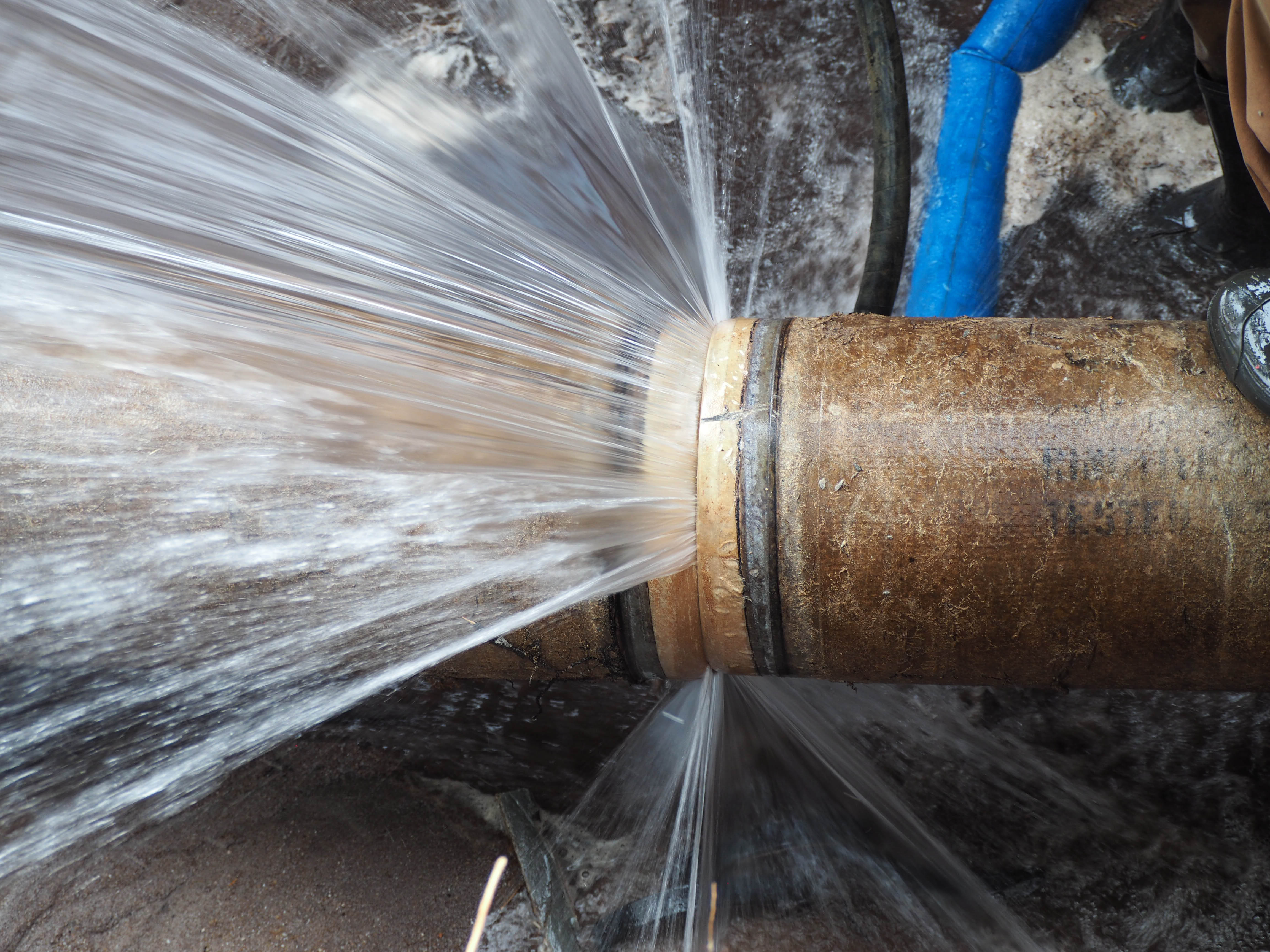Tips to Keep Pipes from Cold Weather Damage: Crucial Advice
Tips to Keep Pipes from Cold Weather Damage: Crucial Advice
Blog Article
We've uncovered this article involving Prevent Frozen Pipes down the page on the web and think it made perfect sense to quickly share it with you here.

Winter can damage your pipes, especially by freezing pipelines. Here's just how to avoid it from taking place and what to do if it does.
Introduction
As temperatures decrease, the threat of icy pipes rises, possibly causing pricey repairs and water damage. Comprehending exactly how to avoid frozen pipelines is critical for property owners in cold climates.
Prevention Tips
Insulating vulnerable pipelines
Wrap pipelines in insulation sleeves or utilize heat tape to shield them from freezing temperature levels. Focus on pipes in unheated or external areas of the home.
Heating strategies
Maintain indoor rooms effectively warmed, particularly locations with pipes. Open up closet doors to permit cozy air to flow around pipelines under sinks.
How to identify icy pipelines
Try to find decreased water flow from taps, unusual smells or noises from pipelines, and noticeable frost on subjected pipelines.
Long-Term Solutions
Structural changes
Consider rerouting pipelines away from outside wall surfaces or unheated areas. Add extra insulation to attics, cellars, and crawl spaces.
Upgrading insulation
Invest in top quality insulation for pipelines, attics, and wall surfaces. Appropriate insulation helps maintain consistent temperatures and minimizes the danger of frozen pipes.
Safeguarding Outdoor Pipes
Yard pipes and outside faucets
Separate and drain pipes yard hoses prior to winter months. Install frost-proof faucets or cover exterior faucets with protected caps.
Comprehending Icy Pipes
What causes pipelines to freeze?
Pipelines freeze when exposed to temperatures below 32 ° F (0 ° C) for extended periods. As water inside the pipelines ices up, it increases, taxing the pipeline walls and potentially triggering them to break.
Threats and damages
Icy pipelines can lead to water disruptions, residential or commercial property damage, and costly fixings. Ruptured pipelines can flooding homes and cause substantial architectural damage.
Indications of Frozen Piping
Identifying frozen pipelines early can prevent them from bursting.
What to Do If Your Pipes Freeze
Immediate activities to take
If you presume frozen pipes, maintain faucets available to eliminate stress as the ice melts. Utilize a hairdryer or towels taken in hot water to thaw pipes gradually.
Verdict
Protecting against frozen pipes calls for positive steps and fast actions. By understanding the reasons, signs, and preventive measures, homeowners can secure their pipes during winter.
5 Ways to Prevent Frozen Pipes
Drain Outdoor Faucets and Disconnect Hoses
First, close the shut-off valve that controls the flow of water in the pipe to your outdoor faucet. Then, head outside to disconnect and drain your hose and open the outdoor faucet to allow the water to completely drain out of the line. Turn off the faucet when done. Finally, head back to the shut-off valve and drain the remaining water inside the pipe into a bucket or container. Additionally, if you have a home irrigation system, you should consider hiring an expert to clear the system of water each year.
Insulate Pipes
One of the best and most cost-effective methods for preventing frozen water pipes is to wrap your pipes with insulation. This is especially important for areas in your home that aren’t exposed to heat, such as an attic. We suggest using foam sleeves, which can typically be found at your local hardware store.
Keep Heat Running at 65
Your pipes are located inside your walls, and the temperature there is much colder than the rest of the house. To prevent your pipes from freezing, The Insurance Information Institute suggests that you keep your home heated to at least 65 degrees, even when traveling. You may want to invest in smart devices that can keep an eye on the temperature in your home while you’re away.
Leave Water Dripping
Moving water — even a small trickle — can prevent ice from forming inside your pipes. When freezing temps are imminent, start a drip of water from all faucets that serve exposed pipes. Leaving a few faucets running will also help relieve pressure inside the pipes and help prevent a rupture if the water inside freezes.
Open Cupboard Doors
Warm your kitchen and bathroom pipes by opening cupboards and vanities. You should also leave your interior doors ajar to help warm air circulate evenly throughout your home.

Do you enjoy reading up on Preventing and dealing with frozen pipes? Make a remark down below. We would be glad to listen to your responses about this posting. We hope to see you back again later on. Make sure you set aside a second to promote this page if you appreciated it. We take joy in reading our article about How to prepare your home plumbing for winter weather.
Detail Report this page